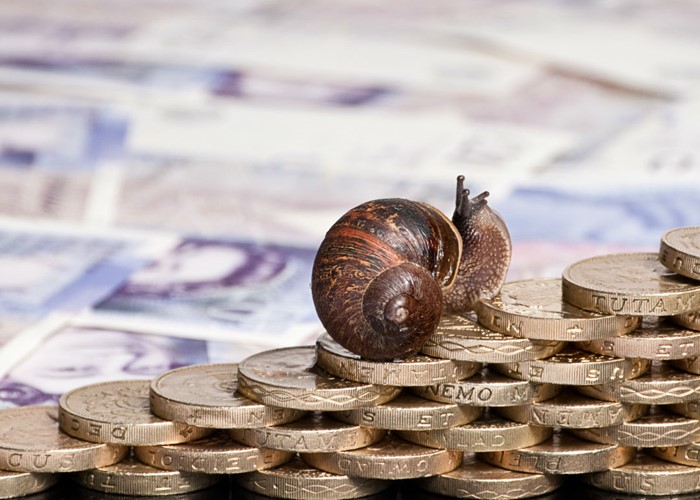Good news for savers as inflation falls to 2.4%

The Consumer Prices Index rate of inflation dropped to its lowest level in over two and a half years during the month of June
The rate at which everyday goods become more expensive slowed down last month, with inflation tumbling to a lower-than-expected 2.4%.
This was a drop of 0.4% compared to May and is the lowest rate the Consumer Prices Index has stooped to in 31 months.
Early summer sales by retailers contributed to the downward pressure, with a record decline in clothing and footwear prices for the May to June period. A fall in fuel prices also played a part.
The Retail Prices Index, which includes mortgage interest payments and council tax, decreased from 3.1% to 2.8%.
How does it work?
To calculate how the prices of goods are rising, the Office for National Statistics records the cost of a wide range of goods and services that consumers typically buy from around the UK. It does this every month and compares the change in price. For more on the basket of typical goods that the ONS uses, check out How Robert Pattinson and Apple affect our money
To put this latest change into context, inflation stood at 5.2% last September, while the Government’s target is 2%.
A 0.4% drop might not sound significant at first, but experts had only forecast the rate to fall by a quarter of what it did. Between April and May the rate fell by 0.2% and inflation has edged lower for three months in a row.
The effect on savings
In theory this should help ease the burden on squeezed household budgets, but savers are among the biggest winners.
When savings rates fail to beat inflation, your money is effectively losing value over time. In other words, you’re not earning enough interest on your money to keep up with how much goods and services have risen by.
But when inflation falls, a greater number of savings accounts are likely to be swept into the band of deals that meet or beat inflation.
How to beat inflation
The number of savings accounts that beat inflation has risen from 210 to 278, according to moneyfacts.co.uk and for the first time in over a year this includes some easy access accounts.
If you pay tax at the basic rate of 20%, you need an account that pays at least 3% to match inflation. This rises to 4% for higher rate taxpayers.
The Coventry Building Society Telephone Saver is an easy access account paying 3.25% for minimum deposits of £500. Or you can invest as little as £1 in ING Direct's Savings Account, paying 3.24%. Check out ING Direct and AA reprice easy access savings accounts for more on the top easy access savings accounts.
For higher rates of interest, you can save from £25,000 in the Bank of London and the Middle East’s five-year bond, paying an expected profit of 4.6%.
The State Bank of India’s Hi Return Fixed Deposit pays 4.5% for five years on a minimum investment of £1,000. The bank’s UK branches are protected by the Financial Services Compensation Scheme, under which savings of up to £85,000 per person, per institution would be refunded if one of its members folded.
You don't have to lock your cash up for that long though. Check out Top fixed rate savings bonds pulled after 30 days to see the best paying fixed rate bonds.
You can achieve interest rates as high as 8% on regular savings accounts with HSBC and First Direct but you need to be a customer before you can benefit.
Compare savings accounts to make sure you get the most competitive rate and the best type of savings account for your circumstances. You can also find more advice in our how to beat inflation guide.
More on savings:
Top fixed rate savings bonds pulled after 30 days
Comments
Be the first to comment
Do you want to comment on this article? You need to be signed in for this feature